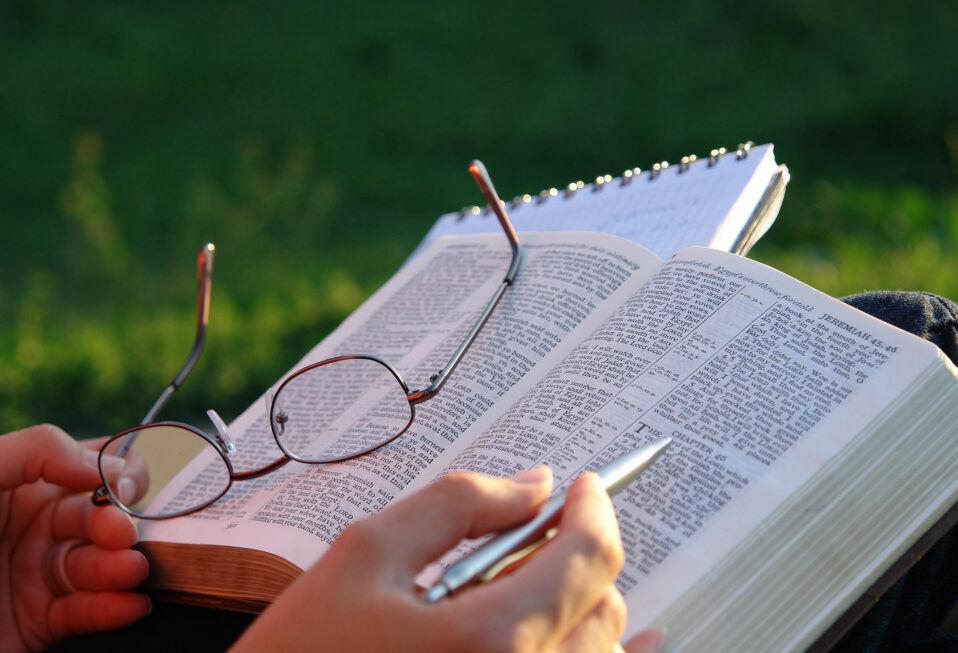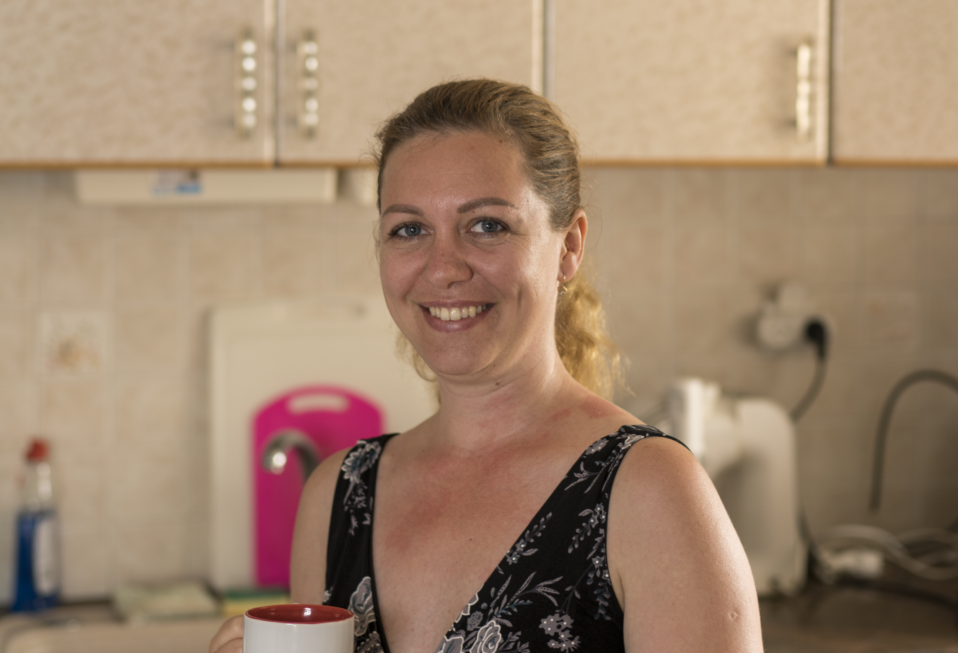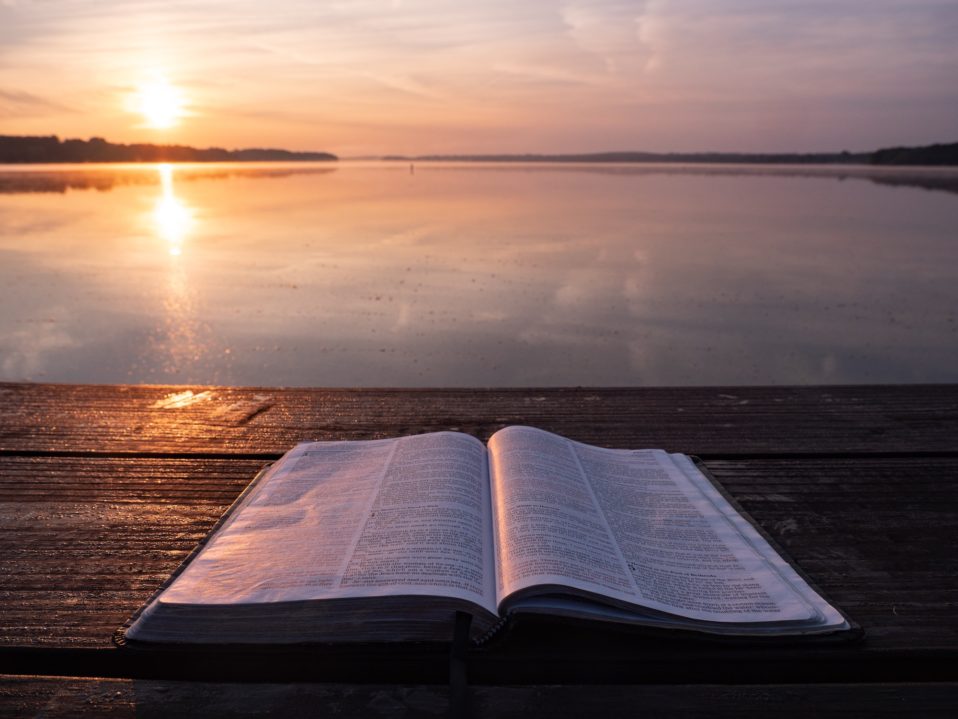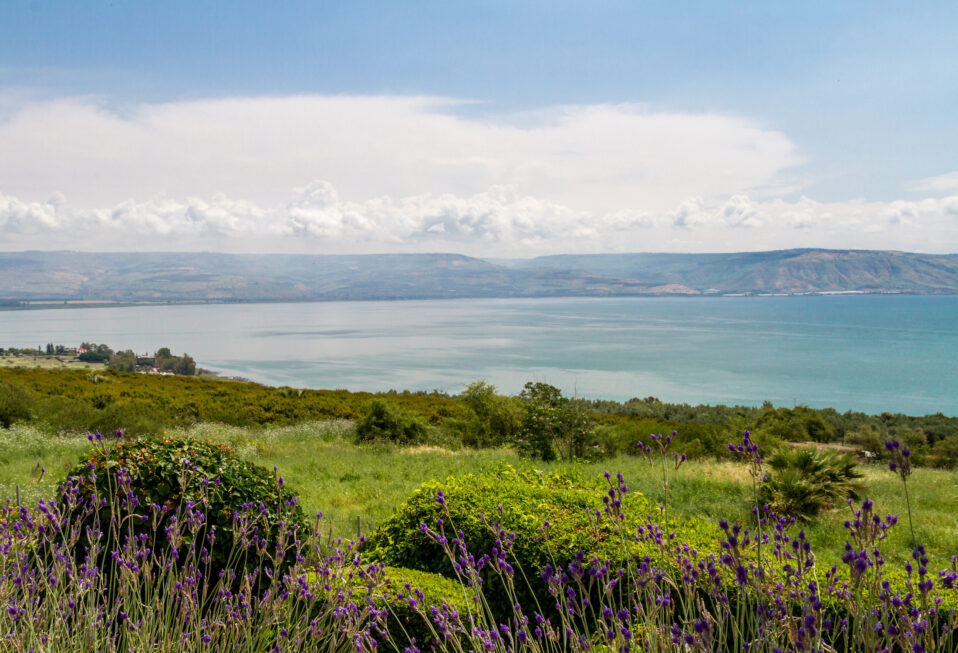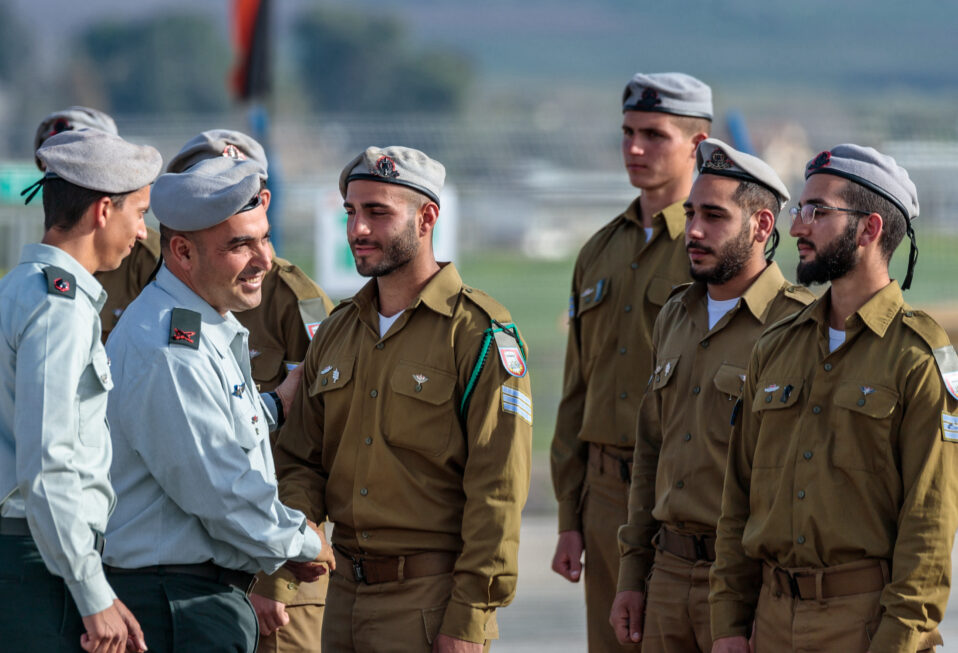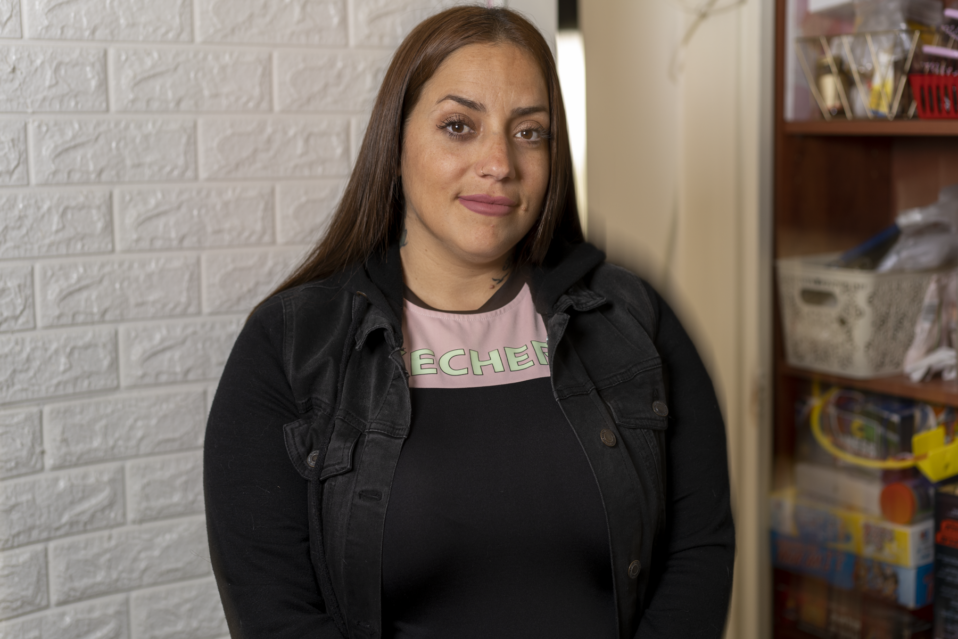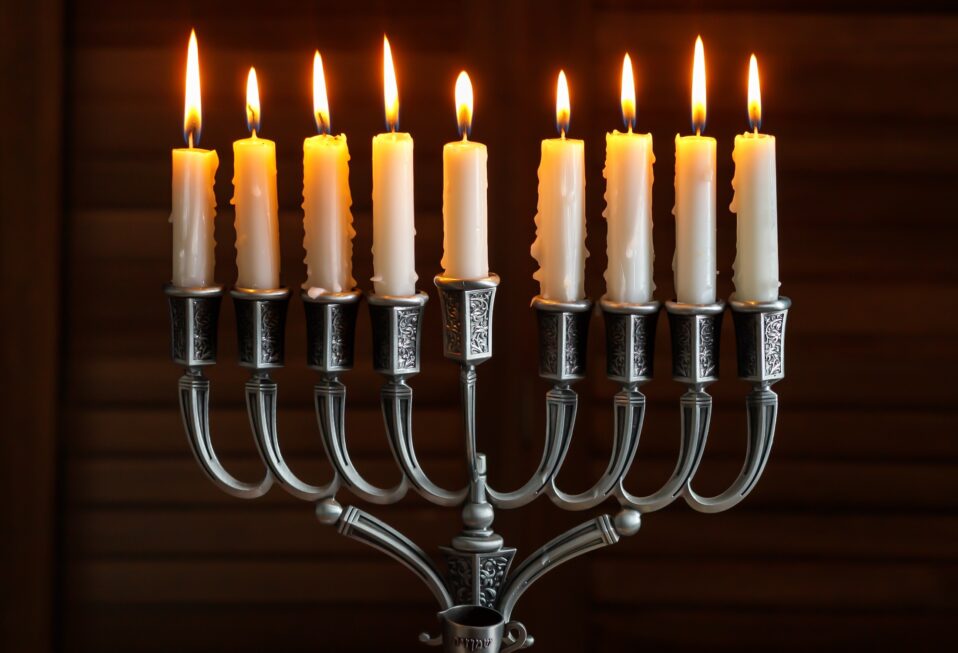By Arlene Bridges Samuels
The oldest baby boomers celebrate their 77th birthdays this year. In 1946, boomer babies made their debut in post-World War II after soldiers, pilots, sailors, and nurses returned home from the battlefields of Europe and the Pacific.
In their teenage and university years, baby boomers were eyewitnesses—and participants—in several tectonic events that signaled cultural shifts. The assassinations of President John F. Kennedy in 1963, then Martin Luther King Jr., and Robert F. Kennedy in 1968, all drilled a deep shock into the American psyche, which marked the 1960s.
During the 1960s and 1970s, the nation was beset not only by these domestic assassination traumas but also the devastating Vietnam War. The haunting bugle call “Taps” sounded all too frequently until 1973, by which time families had buried 58,220 of our American soldiers. Against this tumultuous background, the Jesus Revolution and the founding of Christian organizations and books authored by future titans of the faith offered millions hope for the taking. Transformation in the spiritual world unfolded with outpourings of the Holy Spirit in pulpits, media, books, and events, giving comfort to Americans’ mounting sorrows.
During the last six months, there were other momentous events, as four major Christian leaders and influencers passed into their eternal home. First was Jack Hayford, 88, on January 8; then Charles Stanley, 90, on April 18; Elizabeth Sherrill, 95, on May 20; and most recently, Pat Robertson, 93, on June 8.
Starting in the 1960s, among them the three pastors inaugurated ministries, universities, television, radio, humanitarian aid, and music that planted fresh Christian roots into denominations worldwide. They also sowed seeds rekindling the ancient bonds between the Old and New Testaments and the significance of Judaism and modern Israel, our spiritual homeland.
On the East Coast in 1961, Robertson founded The Christian Broadcasting Network in Virginia Beach, Virginia. Then in 1969, Hayford founded The Church on the Way on the West Coast (Van Nuys, California). Subsequently, Rev. Dr. Charles Stanley became an associate pastor at Atlanta’s First Baptist Church in 1968, then in 1971 its senior pastor.
Elizabeth Sherrill’s name is not as well recognized. Nevertheless, her profound influence as an author and editor regarding Jewish history during the Holocaust is immeasurable. She wrote 30 books and 2,000 articles in her lifetime and for 65 years was the guiding light for Guideposts magazine. Sherrill did not stand in pulpits and lead tours to Israel like the three pastors; however, her role in opening eyes to the Holocaust came into full view in 1971 when she wrote about Dutch Christian Corrie ten Boom in The Hiding Place. I daresay that Sherrill’s more than two million Hiding Place books sold, and later the 1974 movie, inspired—and, more importantly—educated Christians. The Hiding Place set the stage for today’s 600 million pro-Israel Evangelicals worldwide through Corrie ten Boom, a preeminent Christian Zionist role model.
God used the four leaders as emblematic vessels of His sovereign blueprint of His love for Israel, the Jewish people, and grafted-in Gentile Christians.
While gratefully remembering this quartet’s vast faith legacies, one question for believers lingers foremost amid eruptions of evil here and globally: How do we Evangelicals move forward? Current tectonic shifts imperil our Judeo-Christian American culture alongside the alarming shifts in Israel and the Middle East. Are we to reject hopeful possibilities? Are we to remove ourselves into protective bubbles of isolation?
Absolutely not. Instead let us replicate, in any way possible, these role models seeking God’s guidance to grow in steadfastness even as the onslaught of our cultural demise surrounds us. Let us also increase our prayers and practical actions on behalf of Israel, the birthplace of our faith. The choices are ours to make. We must begin by asking God an important question, “What part do You want me to play?”
Like everyone, the four leaders were imperfect, facing varying ministry and personal challenges and sometimes criticisms and controversy. Nevertheless, these mega influencers took God seriously. They pursued how God wanted to use their individual intellect, talent, determination, and devotion. These pioneers’ efforts began in small ways and increased over time. Here is a Bible verse to consider as you move forward. Luke 16:10 ESV reminds us: “One who is faithful in a very little is also faithful in much.”
Small, simple actions can produce measurable results in our culture and on behalf of Israel. Consult God and ask Him, “What can I do?”
Lastly, recognizing each mega influencer, I have selected my remembrances out of thousands! I invite you to share your memories, too.
Pastor Jack Hayford spearheaded the Day of Prayer for the Peace of Jerusalem, which for the past 20 years has taken place the first Sunday of October. Hayford penned 500 praise songs, including the timeless “Majesty.”
Pastor Charles Stanley hosted not only his worldwide In Touch Ministries broadcast but brought thousands of people on tours to Israel. Here is one of my favorite Stanley quotes: “True peace comes only from God. You may go through difficulty, hardship, or trial—but as long as you are anchored to Him, you will have hope.”
Elizabeth Sherrill in her preface to The Hiding Place shared her experiences in 1968 when she and her beloved husband, John, first met and heard Corrie speak in Darmstadt, Germany, at a Sisters of Mary retreat focusing on Christian repentance about the Holocaust. She commented to Corrie about “how her memories seemed to throw a spotlight on problems and decisions we faced here and now.” Elizabeth added that Corrie exclaimed, “But this is what the past is for! Every experience God gives us, every person He puts in our lives, is the perfect preparation for a future that only He can see.”
Pat Robertson stories are endless, but one of my favorites is his groundbreaking decision to hire Ben Kinchlow as a co-host on The 700 Club. From 1975 to 1988 and 1992 to 1996, Pat and Ben, white and black, made a dynamic, inspiring broadcast team. Kinchlow observed that at the time, “You didn’t see a lot of African-Americans on TV,” let alone hosting a program carried nationally on cable.
Author Madeleine L’Engle’s quote is descriptive of the mega influencers’ path: “We have to be braver than we think we can be, because God is constantly calling us to be more than we are.”
When Jack Hayford, Charles Stanley, Elizabeth Sherrill, and Pat Robertson unreservedly fell to their knees at Jesus’ feet with tears of joy, His response is recorded in Matthew 25:21 (ESV): “Well done, good and faithful servant. You have been faithful over a little; I will set you over much. Enter into the joy of your Master.”
Please join us this week to pray for a beloved, world-changing leader, Pat Robertson, as well as his children, grandchildren, and great-grandchildren and CBN’s worldwide staff, giving thanks for his profound legacy.
Prayer Points:
- Pray for the Robertson family walking through the paradox of grief for their family patriarch, yet rejoicing for his life and love for them.
- Pray for CBN staff worldwide as they say their public and private goodbyes to “America’s televangelist.”
- Pray for the multimillions of CBN viewers in the U.S. and around the world who counted on his inspiring media presence and on-the-ground help for the poor in humanitarian aid through Operation Blessing.
- Pray with thanks to God for the valuable legacies we have received from Jack Hayford, Charles Stanley, Elizabeth Sherrill, and Pat Robertson.
- Pray for Christians to press on with determination in the dark days around us looking to Jesus the Light of the World.
Arlene Bridges Samuels pioneered Christian outreach for the American Israel Public Affairs Committee (AIPAC). After nine years on AIPAC’s staff, International Christian Embassy Jerusalem USA engaged her part-time as Outreach Director for their project, American Christian Leaders for Israel. Arlene is an author at The Blogs-Times of Israel, guest columnist at All Israel News, and has frequently traveled to Israel since 1990. She co-edited The Auschwitz Album Revisited and is a board member for Violins of Hope South Carolina. Arlene attends Israel’s Government Press Office Christian Media Summit and hosts her devotionals, The Eclectic Evangelical, on Facebook.


